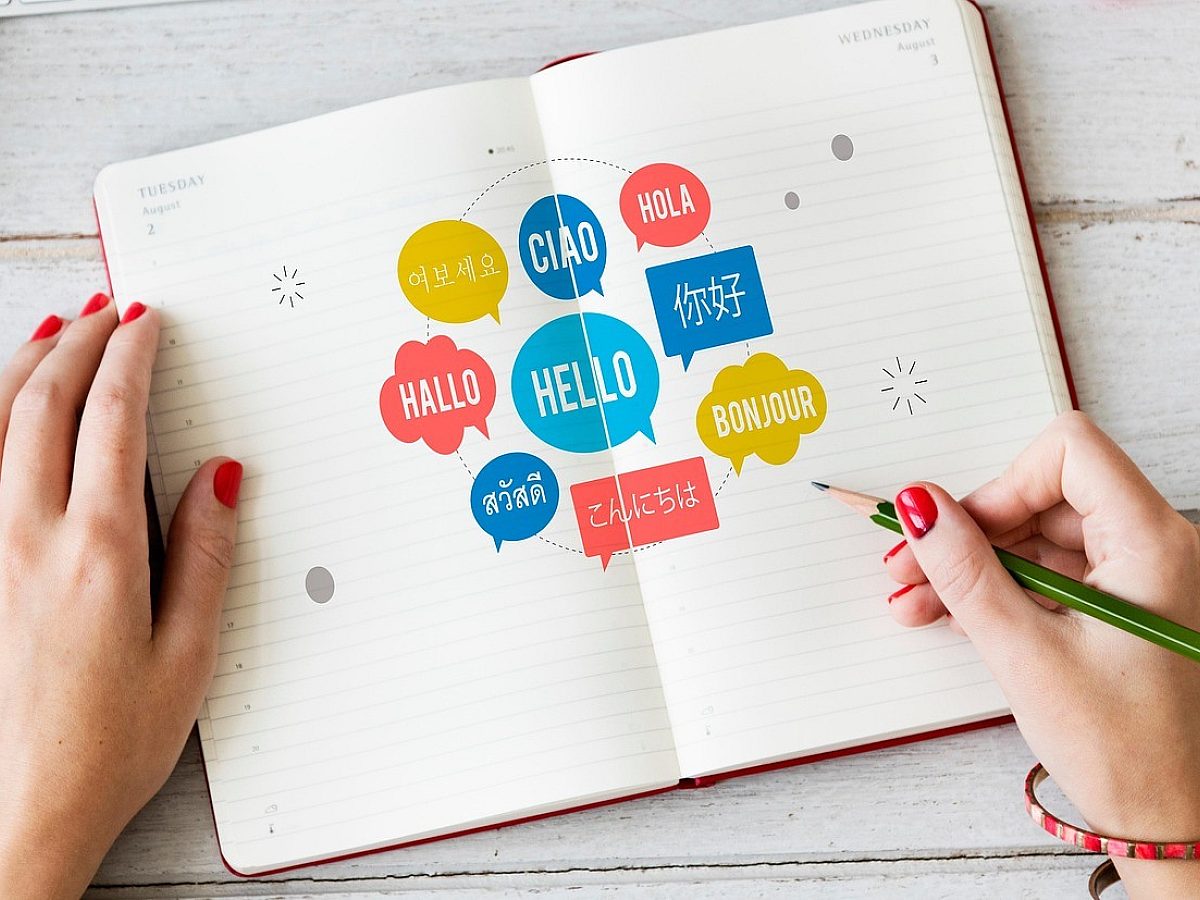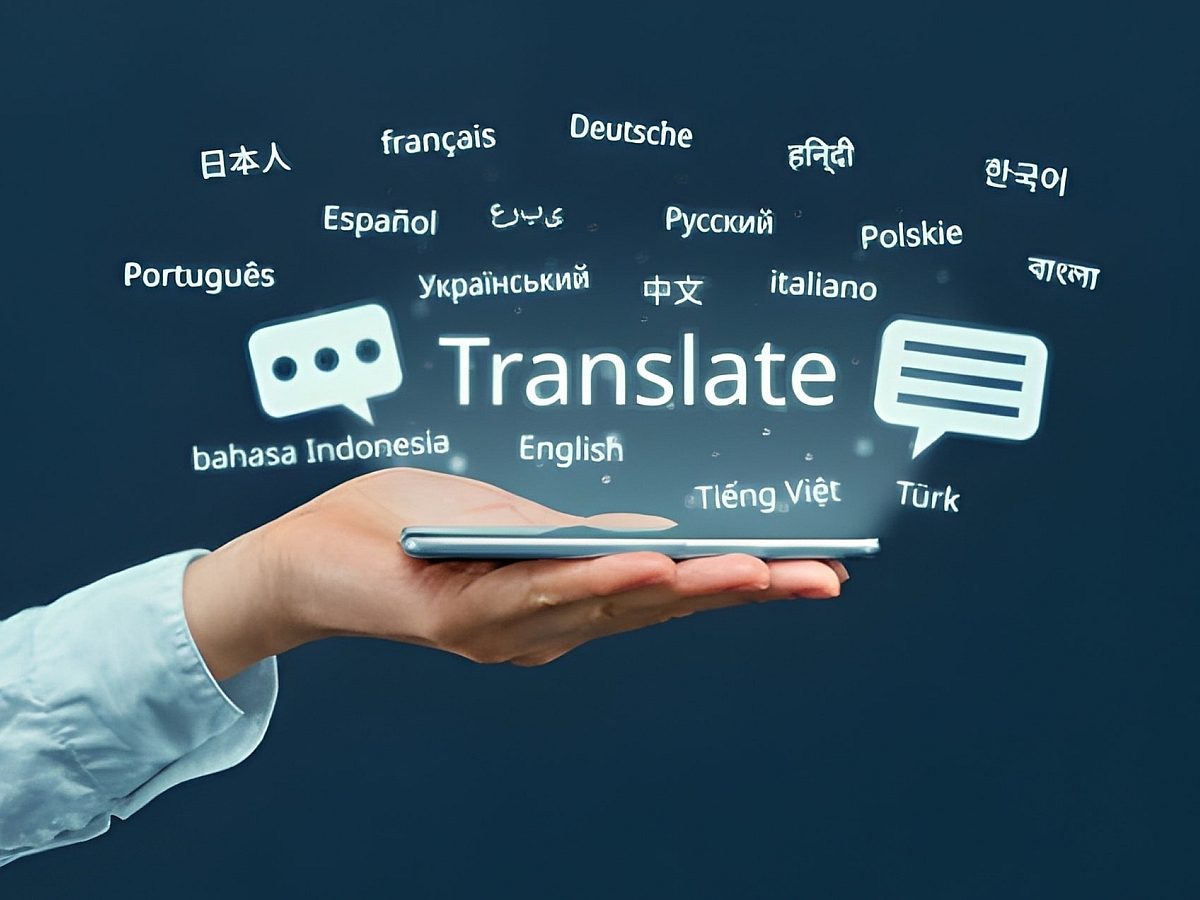How Translation Quality Impacts Regulatory Compliance in Life Sciences
Bringing a new drug or medical device to market involves strict regulations and detailed documentation. Translation accuracy is essential for compliance and patient safety.
A mistranslated consent form, dosage instruction, or trial protocol can delay approvals, create legal risk, and put lives at stake.
In life sciences, translation quality is a regulatory requirement that safeguards compliance and patient safety.
Why Translation Quality Is Critical in Life Sciences
Regulatory authorities like the FDA (U.S.), EMA (Europe), and MHRA (UK) demand complete accuracy in multilingual submissions. Errors are rarely overlooked, and the consequences can be serious ranging from approval delays to legal action.
High-quality translation ensures:
Accuracy of technical terms so regulators and practitioners interpret documents correctly.
Clarity for patients to avoid confusion and protect safety.
Consistency across markets to meet global compliance standards.
Where Quality Translation Matters Most
Clinical Trials: Protocols, informed consent forms, and patient questionnaires must be accurate to protect participants and ensure data validity.
Regulatory Filings: Applications and technical dossiers require precise terminology; errors can result in costly resubmissions.
Patient Materials: Medication guides, safety instructions, and treatment information need both clarity and cultural sensitivity.
Medical Devices: Labels, packaging, and manuals must comply with local language requirements and safety regulations.
Global Regulatory Nuances
In life sciences, regulatory requirements vary significantly across regions, making accurate translation a critical factor for market entry.
United States (FDA): Clinical trial documents, patient consent forms, and product labeling must meet FDA standards. These guidelines emphasize clear communication with patients and precise use of medical terminology to avoid delays in approval.
European Union (EMA): The EMA requires documentation in multiple languages across member states. Translators must ensure scientific consistency while adapting content for diverse audiences, making accuracy in both technical and linguistic detail essential.
Japan (PMDA): The PMDA places equal importance on technical accuracy and cultural appropriateness. Patient-facing content must be understandable to local populations, while maintaining the scientific rigor expected in clinical submissions.
These regional differences highlight that life sciences translation requires both linguistic expertise and a deep understanding of regulatory landscapes. A translation partner with proven knowledge in these areas can help ensure smoother approvals and faster global reach.
Risks of Poor Translation in Life Sciences
Regulatory Delays: Inaccurate submissions may need revisions, slowing down approvals.
Legal Liabilities: Misinterpreted instructions or safety data can create compliance risks.
Patient Safety Issues: Confusing translations can put patient health at risk.
Damaged Reputation: Companies risk losing trust with regulators, patients, and healthcare professionals.
How to Ensure Translation Quality
Work with Industry Specialists: Translators with life sciences expertise understand regulatory terminology and context.
Follow ISO Standards: Certifications like ISO 17100 for translation and ISO 13485 for medical devices help ensure compliance.
Use Linguistic Validation: Especially important for clinical outcome assessments, to confirm that translations are both accurate and culturally appropriate.
Combine Technology with Expertise: Translation memory and terminology management tools ensure consistency, while human experts safeguard accuracy.
Choosing the Right Partner for Regulatory Compliance
When selecting a translation partner for life sciences, businesses should look for:
ISO Certifications: proof of rigorous quality processes.
Subject-Matter Expertise: translators trained in medical and regulatory language.
Security Measures: strict data protection and confidentiality.
Linguistic Validation: assurance for patient-facing and clinical trial documents.
Wolfestone Group combines all of these with AI-assisted efficiency + human expertise, helping pharmaceutical, biotech, and medical device companies achieve faster turnaround without compromising compliance.
👉 Learn more about our Life Sciences Translation Services
Final Word
In life sciences, translation impacts compliance, safety, and trust. High-quality translation protects patients, speeds up approvals, and safeguards your brand.
Companies that treat translation as a compliance requirement gain an edge in bringing innovations to global markets. Clear, accurate translations reduce regulatory risks and make information easy to understand for patients and healthcare teams.
Working with experienced translators ensures consistent quality and smooth approvals worldwide.
👉 Ready to ensure accuracy in your life sciences translations? Contact Wolfestone Group today for a consultation.




